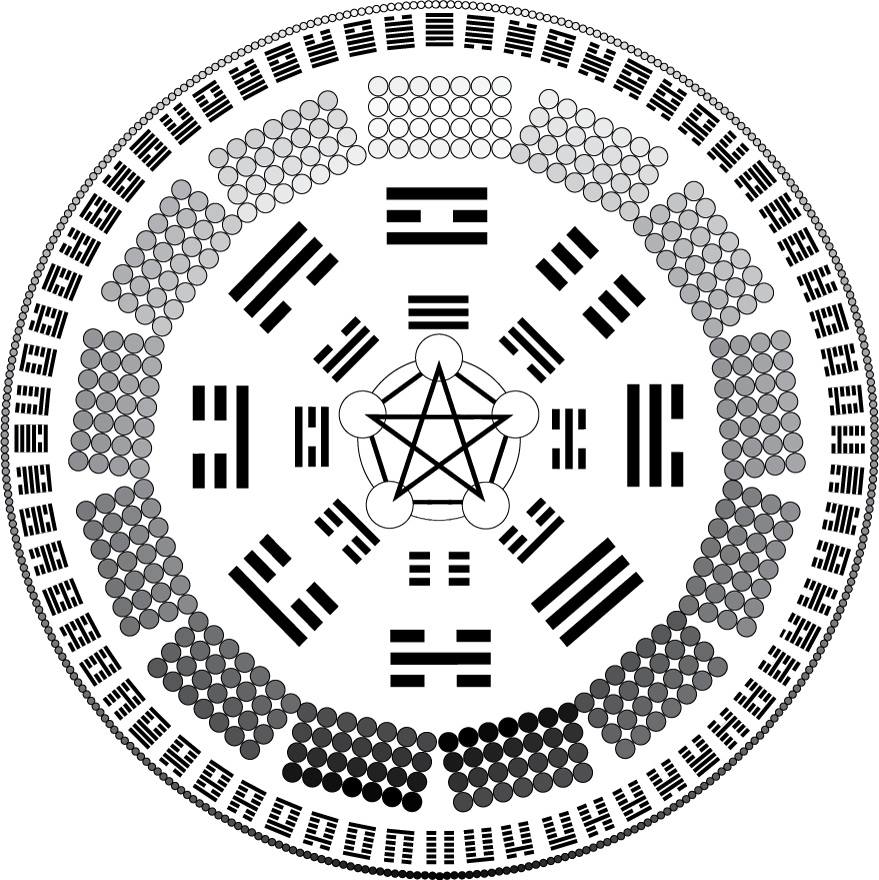One of our members asked:
"the complete "point' of the i ching ( i mean in a Very Broad sense) is to bring us where or what state finally? It is an ancient tool and gift from Masters, could take lifetimes of study and still get new things... but what is the 'culmination' persay when it comes to lifetimes of learning to live with and use and appreciate the i ching as practicers and devotees (and i am of the least of those) then what is our Release... "
What I would say is this: the I Ching is first and foremost a tool to help us live our lives in the present; and to understand reality better. It lets us understand our reality at this physical level (of what you could call our "daily lives") and to understand the flow of Time and Space in relative dimensions that exist below the surface of that.
So as you grow in understanding of that, you gain in Awareness, your perceptions expand, your consciousness grows. And the I Ching does this through a system that isn't about trying to abandon or ignore our surface reality. This is a very important point. I will write more about this here, probably, and I talk about it explicitly in the book I'm working on; it is based on a spiritual concept called "yi-fa", which could be called "the Law of Change". It says that the best way to understand our "unmanifested reality" is by engaging in the manifested world.
--There's a similar teaching to this in the Book of the Law, when it states "The Khabs is in the Khu, not the Khu in the Khabs" (AL I:8)--
But the teaching of the I Ching (and the concept of Yi-Fa) also has an instruction that works on the personal rather than the universal level. This is the concept of the "Superior Individual". So the I Ching provides a framework of lessons for how to go from being a disconnected person into becoming someone who "embodies Heaven", who is Connected to this Reality. In each hexagram of the I Ching there is a hidden lesson about what we call the "Great Work", about how to develop what the I Ching calls "Virtue", which is not the standard term of that word as something like 'good behaviour', but rather the development of spiritual qualities within you that give you a kind of magical power, the power to Connect with "Heaven" (that is, with fundamental reality).
But in terms of an end-point, there really isn't one. The I Ching, like other profound mystical teachings, ultimately expresses reality as a "Spiral"; there really isn't an end to anything as such, there's no point where suddenly you say "I'm done now, I'm perfect". But it's not just a circle either; it's not that you don't change, and there are important stages along the way. You grow, you end up fulfilling more of your potential, your birthright as a human being. In any case, if there is an end, I have not found it nor seen any hint of it. Lots of things end, including us (our lives end, stages in our lives end) but there's no big final state where Change stops.
That's the fundamental teaching of the I Ching: it is named "The Book of Changes" because it explains that the fundamental truth of reality is Change.
